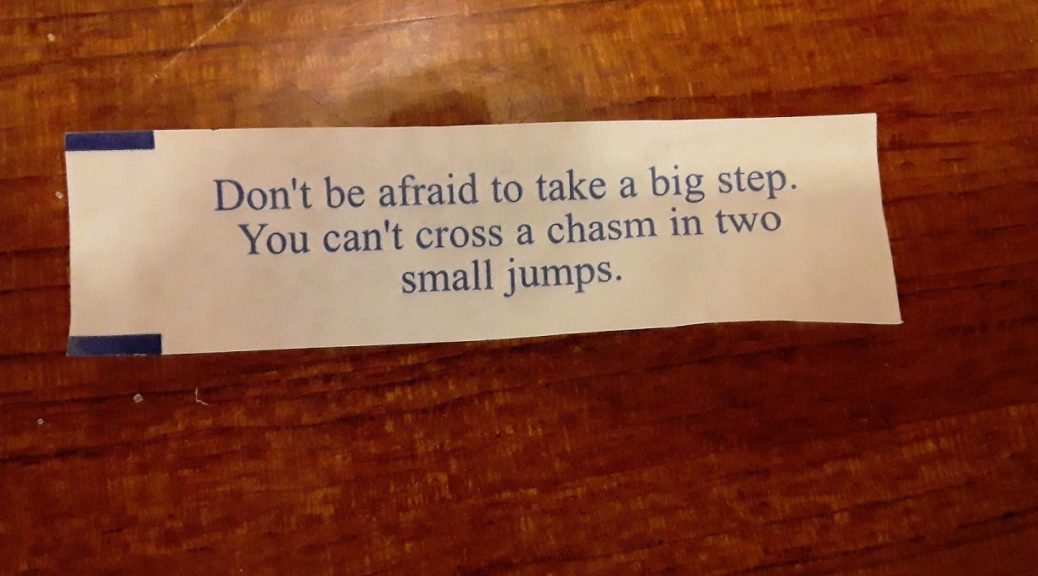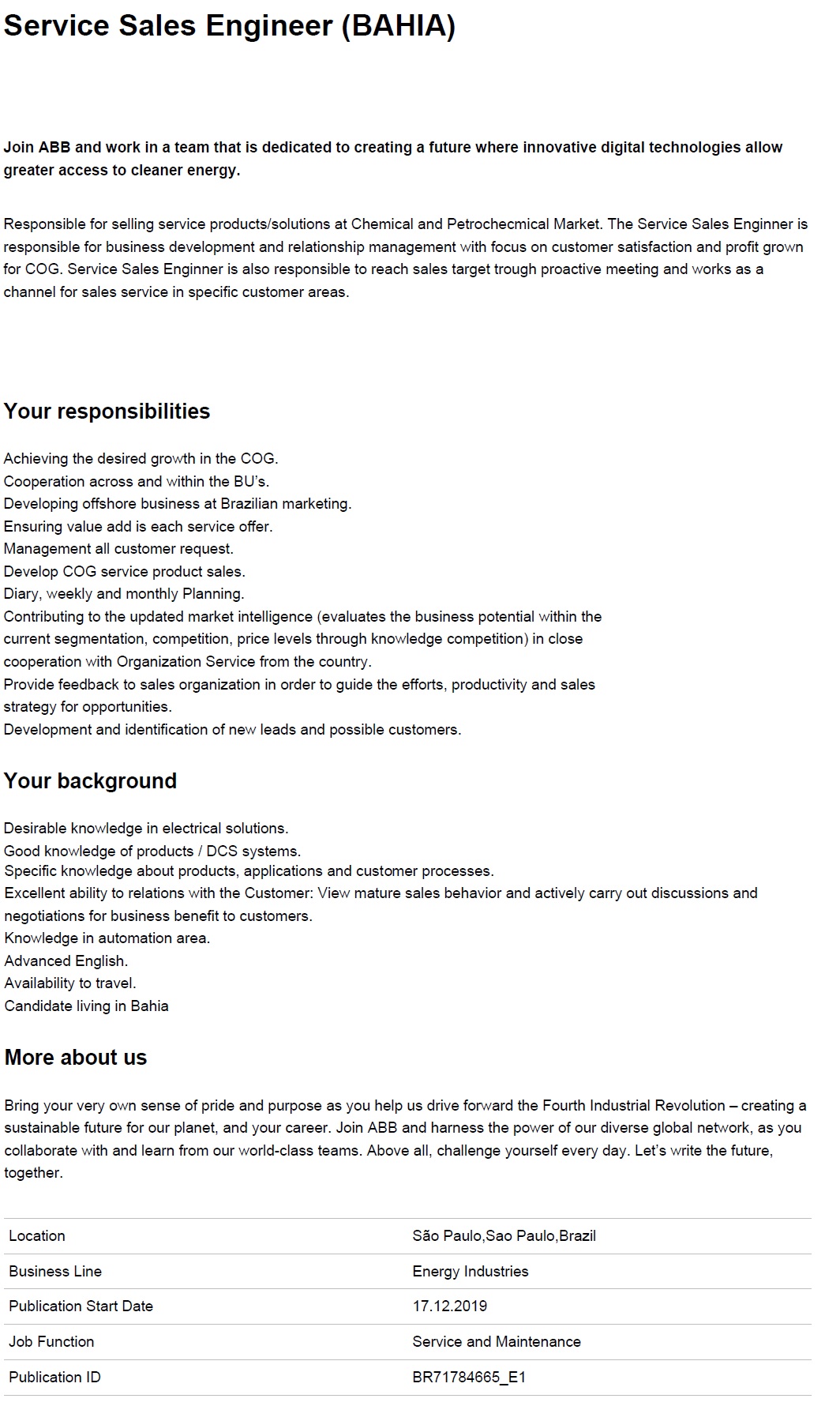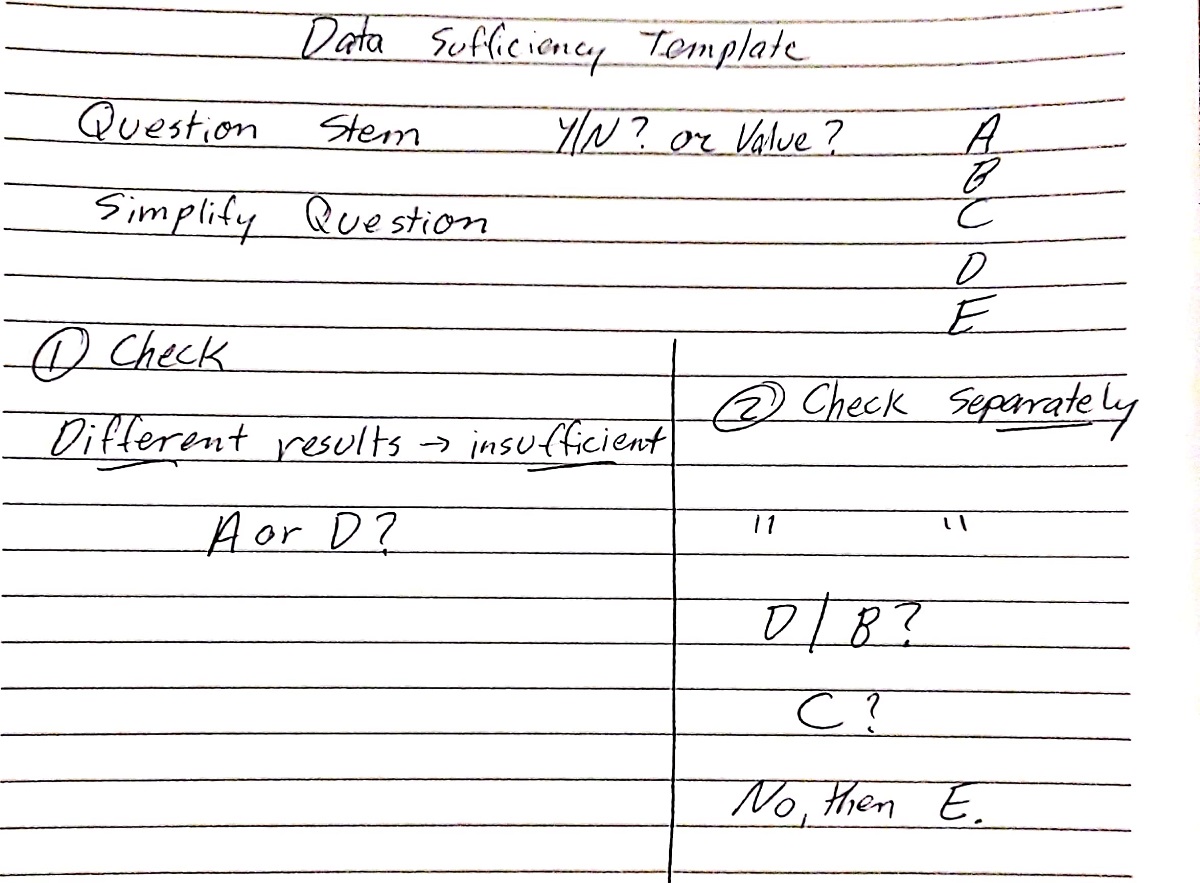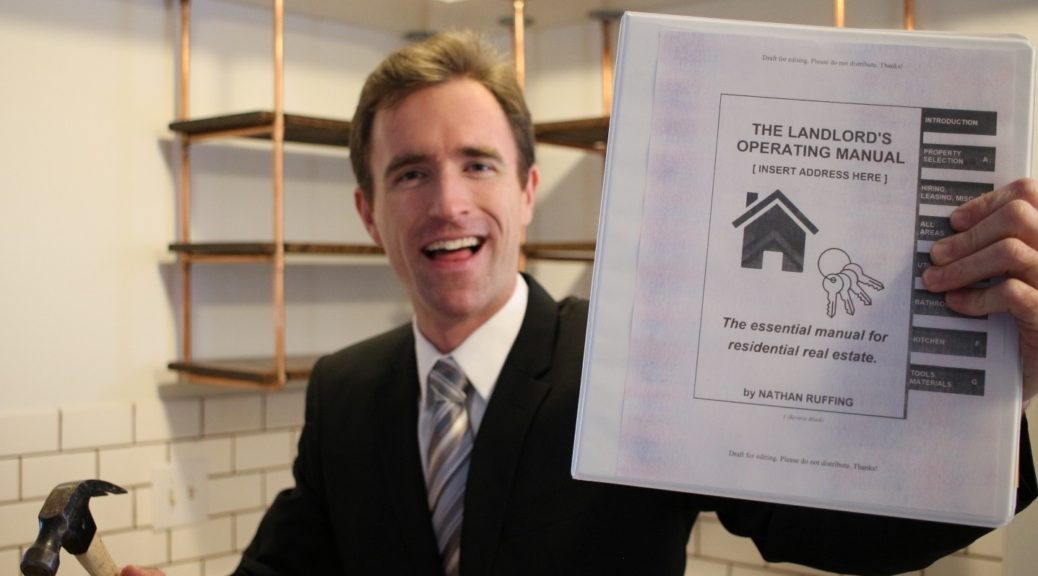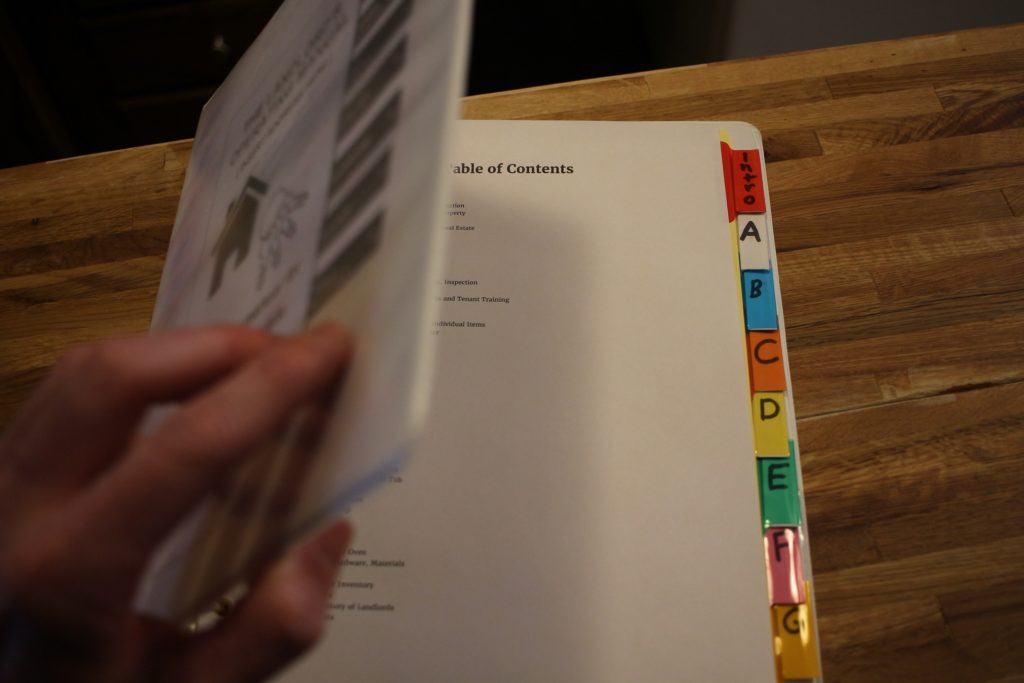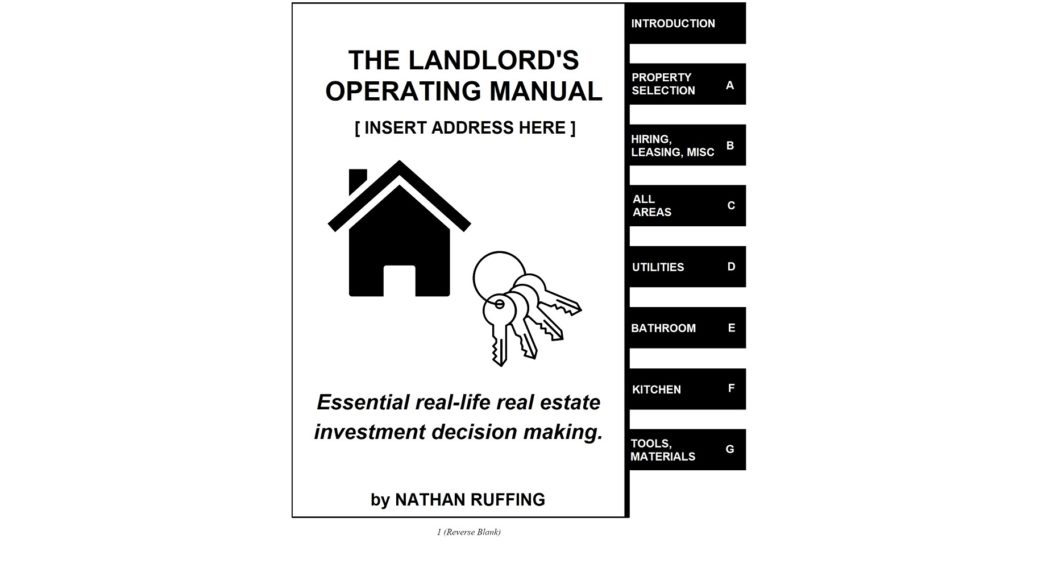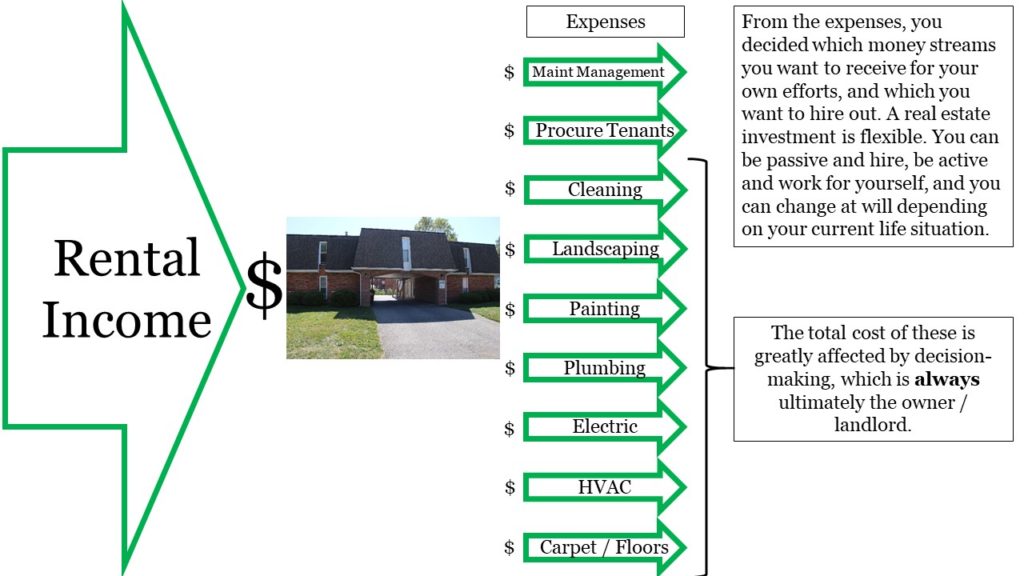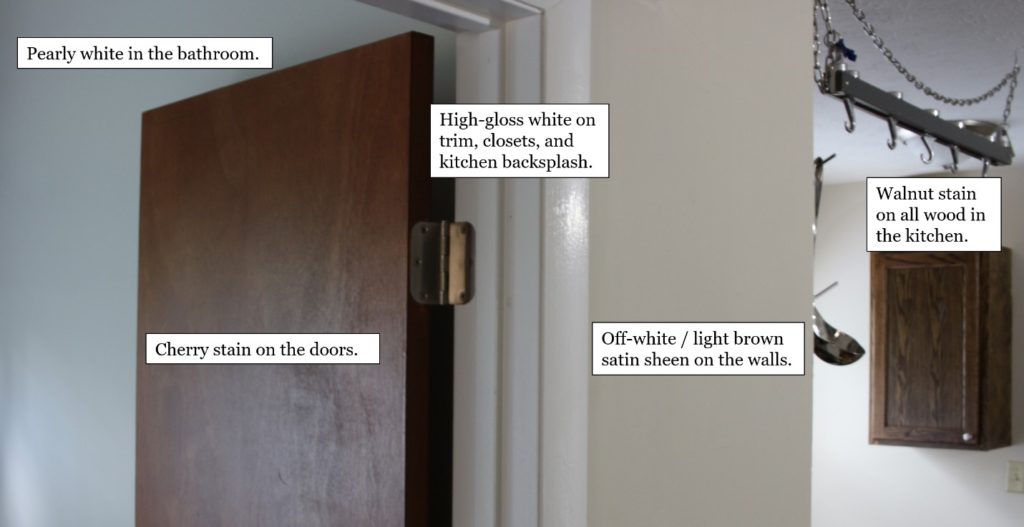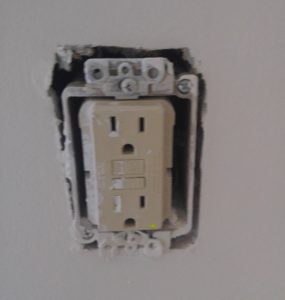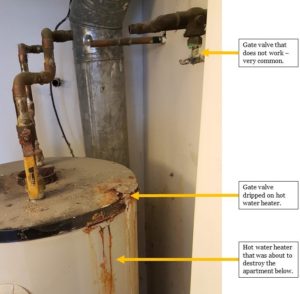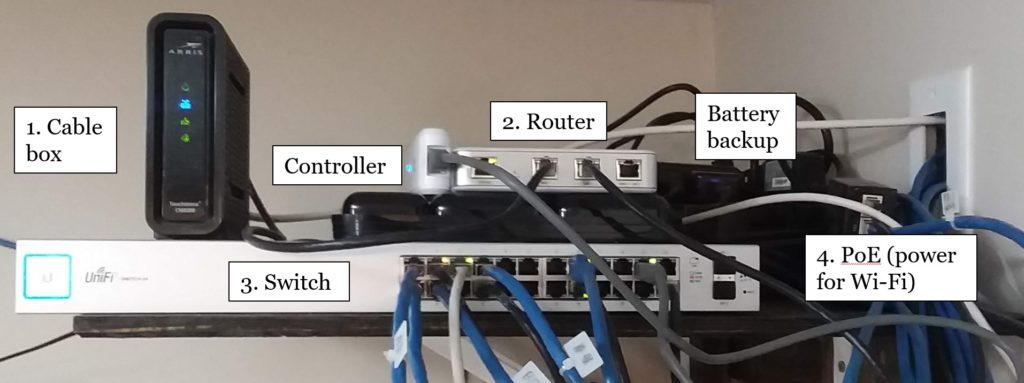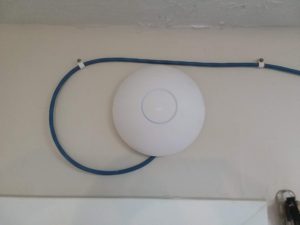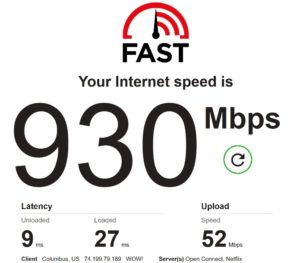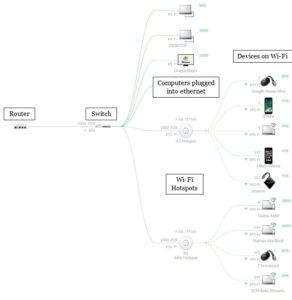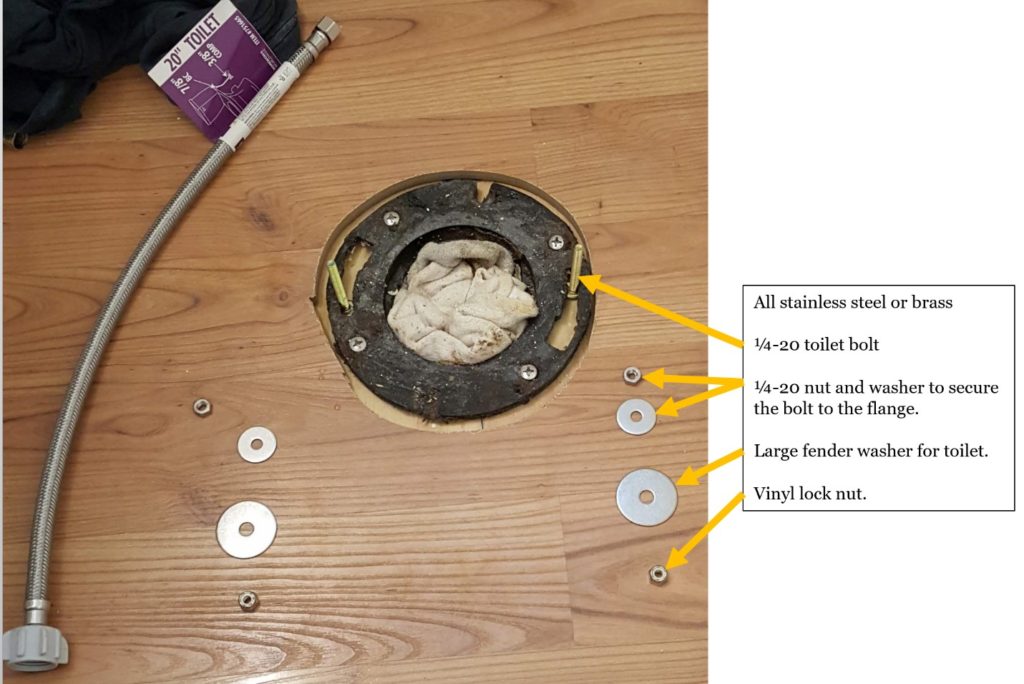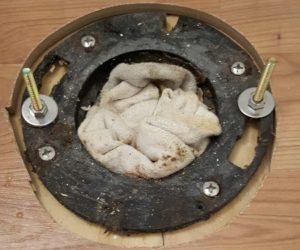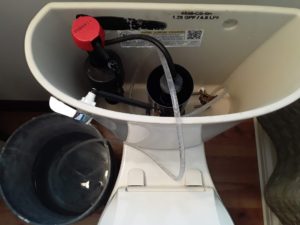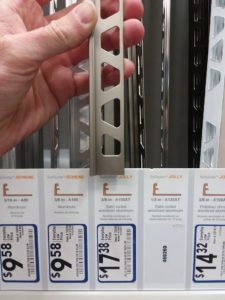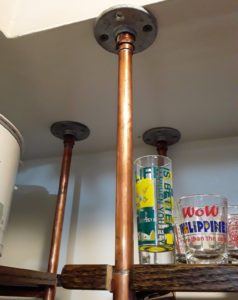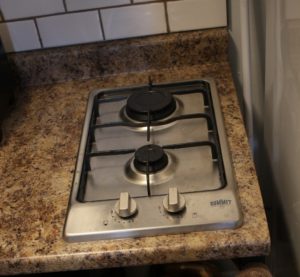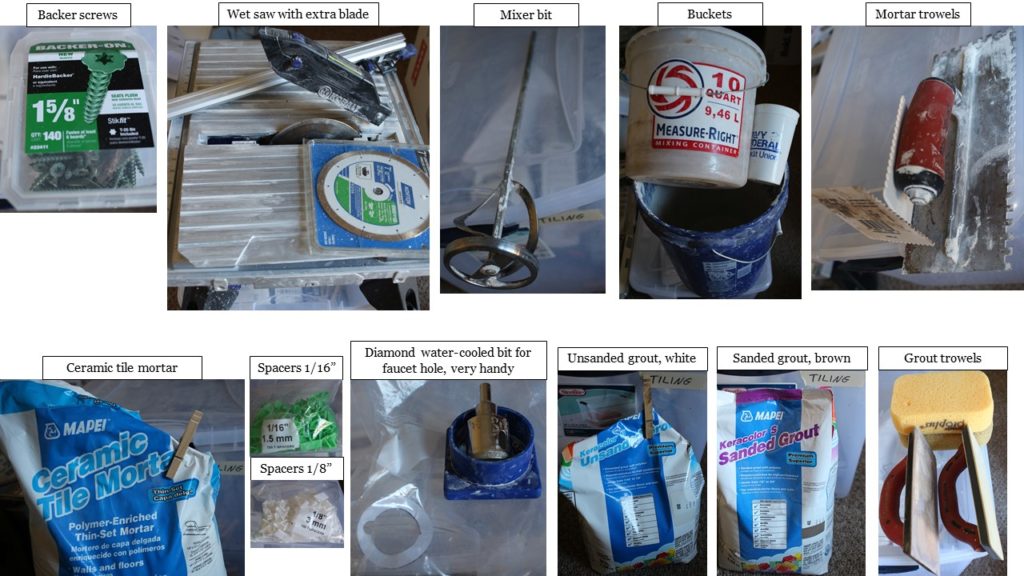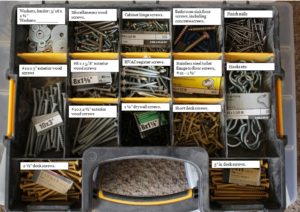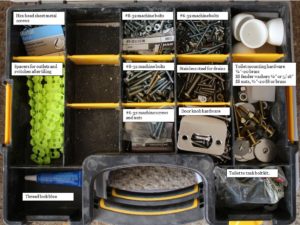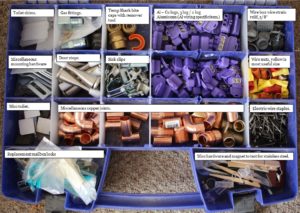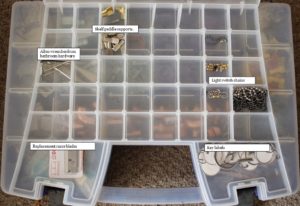My score: Verbal 40, 90%ile. Quantitative 44, 49%ile. Total 690, 85%ile. Writing 6.0, 88%ile. IR 8, 92%ile.
Didn’t crush it, but did alright!
For printable strategy sheet, click here.
GMAT Basics, Official Sources
- GMAC = Graduate Management Admissions Council. GMAC makes the GMAT and also advises business schools in utilizing the GMAT for their admissions process.
- Pearson VUE is the Minnesota-based company that physically administers the GMAT, operates the testing centers.
- GMAT = Graduate Management Admissions Test
- MBA.com: both the GMAC and Pearson sites link to MBA.com. MBA.com has many resources for test takers including registration and practice tests.
Exam Structure
Don’t take my word for it. Now that you know who administers the test and where they post information, go straight to the official source, MBA.com. https://www.mba.com/exams/gmat/about-the-gmat-exam/gmat-exam-structure
MBA.com is Official
According to the Princeton Review course book, the GMAT makers have never allowed outside companies to use actual past questions for practice. This tells me that my first source for practice questions is whatever is available on MBA.com. MBA.com should be your first source! Fortunately they sell official practice exams and thousands of questions. Do their questions have good explanations? Don’t know yet. They also sell the “Official Guide” in electronic and print formats. MBA.com also happens to be the cheapest.
I would take only official practice exams from MBA.com. The GMAT is so detailed it would be hard to reproduce without the official version. Also, there are 6 of them available and being computer-adaptive they are not the same every time. The most practice exams you could realistically take would be one per day and one per week is more realistic.
Prep Material I Used
- MBA.com official practice tests
- MBA.com Official Guides
- Kaplan GMAT 800 9th Edition (2014)
- Manhattan Prep video of first class available for free.
- Princeton Review _____
Unofficial Prep Courses Reviewed
These courses are all unofficial. I did not review MBA.com because it needs no review. MBA.com is your official source. Only where it lacks should you seek further information.
Kaplan GMAT 800 was my favorite book. It is geared toward good test takers. They talk about “an 800 test taker” throughout the material and they give practice questions that are supposed to model the most difficult test questions. Their answer explanations are very good. I spent the first 3 weeks with this book. I read the answer explanations even if I got the example problem right because they give compressed ways of thinking and shortcuts that make you more efficient and make the material more familiar.
The Princeton Review spends a lot of time on very basic testing techniques. It even mentions “fairness” a few times. This to me is coddling test takers. Is there a right answer to each question? Do all test takers get the same test? Then the test is “fair,” move on.
According to Wikipedia, The Princeton Review is not associated with Princeton University.
One preparation technique I did not take advantage of is an in-person class. I heard this was effective for friends I talked to and I do believe this could be helpful together with self-study. It did not fit into my situation. I heard the Manhattan Prep is the best in-person class. Manhattan Prep is partnered with Kaplan according to Kaplan’s website. I watched the Manhattan Prep first class that they provide as a free video online. I can tell the class would have been waaay to slow for me. The first class has a good description of how the test is scored and especially how it relates to your time strategy.
EMPOWERgmat has a lot of online presence and I admit spent a lot of time looking at them because their reviews are good. I was close to buying the course then I read a Quora post that said they are heavy on marketing in the GMAT prep groups and reviews but light on actual GMAT prep. After I read this, their presence made sense. I do not know how they claim to have obtained 6 official practice exams when The Princeton Review says GMAC has never allowed this, but who cares? MBA.com officially offers 6 practice exams for cheaper. I imagine it is not a coincidence that MBA.com offers 6 exams and EMPOWERgmat claims to offer 6. I really do not know. I moved on.
There is a “Manhattan Review” that does GMAT test prep, not to be confused with Manhattan Prep. They are separate. I don’t know much about this Manhattan Review. It seems Manhattan Prep is the one you want.
Studying
I have heard people say, “I have to listen to music while I study,” or “I like to have the TV on while I study.” These translate to me to, “I prefer to listen to music and watch TV than to study.” Of course you prefer music and TV to studying, so do I. If you want to do well, study. Don’t listen to music or watch TV.
The GMAT as an Adaptive Test, Your Testing Rate, and Your Time Strategy
The GMAT is famous for being an “adaptive test.” There is a mountain of information out there about what this means, and it is mostly about how it complicates things and makes things more difficult. I would argue that although it is true that there are difficulties to an adaptive test, the main difference is with respect to time and rate. If you recognize this and use it to your advantage, you can implement an effective strategy and you can glean valuable information during the test with an awareness of your rate of answering.
Normal versus Adaptive
Normal tests test your ability to be correct on a fixed number of fixed questions, which means a fixed amount of test material. All tests have a time limit, but a normal test usually has a max time long enough to reasonably finish. If you are very good on a normal test, you can finish early and still know that you did your best. You can even get a perfect score. If your knowledge is complete and you do not make mistakes, you get a perfect score. Finishing early is common, but the speed is not scored. On an adaptive test, the test makers – GMAC in this case – can adjust the amount of time per question to adapt to each test taker by making the questions easier or more difficult based on your responses. Therefore, on an adaptive test like the GMAT, you process a variable amount of test material in what is designed to be a fixed amount of time – the max time. The test adjusts for you to finish with zero seconds remaining by adjusting the test material. Again, this contrasts with a normal test, where you process a fixed amount of material in less than a maximum time.
Information from Your Testing Rate
You can glean information from your testing rate. What I mean by this is, the GMAC test makers are good at their job. They know based on your responses how to give you a problem that takes you about 2 minutes to solve. Therefore, if you arrive at an answer in 10 seconds, be suspicious and check for a trick or something you missed. You are rarely correct in 10 seconds. If you think you see the answer in 10 seconds, invest another 10 seconds verifying yourself before answering and moving on. If you are reaching 3 or 4 minutes on a problem, you are likely doing it wrong and you should select among the answers you haven’t eliminated and move on. They say, “Nothing good happens after midnight!” Similarly, nothing good happens after 4 minutes on the GMAT. Move on. Time is scored just as much as being correct on the GMAT; use time wisely.
One Small Set of Time / Rate Testing Data
When I started timing myself, but I was not yet using my time as information, look at the first 15 practice questions I answered:
- Wrong in 4:20
- Right in 3:55
- Wrong in 0:10
- Wrong in 1:00
- Right in 2:00
- Wrong in 1:00
- Right in 2:40
- Wrong in 4:20
- Right in 2:40
- Wrong in 1:00
- Right in 1:20
- Right in 2:30
- Right in 0:55
- Right in 2:25
- Right in 2:20
I got 9 / 15 correct. Notice, all 6 of the wrong answers were under 1:00 or over 4:00. 7 / 9 of the right answers were in the range of 1:20 – 2:40. There is clearly a “sweet spot.” Is there some confirmation bias because I “quit” after 4 minutes? Possibly, but it is still the right strategy. Even if I could have been correct in 6-10 minutes, it is a risky waste of time.
Good Test Takers “Crippled” on Adaptive Tests
Good test takers know when to skip a question to return to it later. Good test takers use information from one question to answer other questions on the test. This is not possible on the GMAT because you cannot skip questions and return. This “cripples” good test takers theoretically. However, I would argue that you can get an “extra” advantage by being at least passively aware of your rate of testing. On a “normal” test, maybe you can take the test in the right order, skipping around as necessary. On the GMAT, you should take the test at the correct rate, recognizing a tricky question that didn’t take long enough and educated guessing at the onset of diminishing returns on complex problems.
Shortcuts
Good test takers like to believe that standardized tests are entirely indicative of intelligence, “smartness,” and future success. There is some truth to this or they would not administer the test. However, there are a few nuggets of information that are WAAAYYY over-represented on the GMAT when compared to their actual value in real life. Similarly, if you have played Scrabble, you know that two-letter words are WAAAYYY over-represented in Scrabble compared to their actual use in real life. Just like knowing two-letter words in Scrabble, you must know the reliable “shortcuts” for GMAT questions. See the printable strategy sheet for a list. Even if you are “smart enough” to figure it out, you need the shortcut. You must get the answer in time. You must get the answer efficiently. Correct in 2 minutes is better than correct in 6 minutes.
Test Day Preparation
On an adaptive test, you must test under your personal optimal test conditions on test day. You must eat properly, have enough sleep, and take the test the right time of day to get your maximum score. If you are under less-than-optimal conditions, you will get a less-than-optimal score for you. The adaptive test does not test your brain’s grasp of knowledge or information. The adaptive test tests your brain’s meaningful output for a specific two-hour period of a specific day. You must maximize your brain’s output for the two hours by preparing properly.
Update June 2023: I learned about how diet affects brain function by listening to an interview of Mark Sisson, who talks about ketones, hunger management, and brain function a lot. I believe it is important when preparing for mental challenges to push through hunger without carbs, sugar, or any high-glycemic-index food. It’s important to learn to operate on ketones instead of insulin. Since listening to that interview, I experimented with my diet as I was writing challenging computer code during early-AM hours. I found I am most effective in the morning before eating any carbs and the slight distraction of dull morning hunger is far outweighed by the clarity of a mind not “partying” on sweet sweet sugar and carbs. Maybe I’m just a morning person, but I believe anybody with the discipline to take on a mental challenge first thing in the morning would be pleased with their brain’s output during that time of clarity and ketones.
A Standard Note Taking Strategy
The GMAT is adaptive and fluid, but the types of questions are very standardized. You should have a specific strategy for dealing with each type of problem including exactly what you will write down and how. The test is very heavy on organized efficient information processing, so keeping information organized is critical. Often the answer is obvious, but hidden among extraneous information. If you have the information organized, you can reach the answer fast, which is just as important as being correct.
You must stick to your note taking strategy. You will be tempted to try to answer a question that looks easy without writing down your standard quick notes. By the time you realize you cannot answer in your head, you have wasted time, which means you already lowered your score. Start each question off right with good quick notes. Process the GMAT efficiently with standardized note taking.
Notes make every piece of information you process valuable. Say for example you can only narrow down to two possibilities. As you frustrate yourself over the remaining two possible answers – forgetting which two answers are possible! – and decide to guess because of time, if you have taken good notes, then you know for certain which two answers to guess from and raise your odds of answering correctly in the minimum possible time, efficiently. Get credit for all of your work with good notes.
The GMAT is a Brain Race
The GMAT tests the speed at which you process information. To this extent, it is a race. However! We all know that racing leads to mistakes. Slow is smooth and smooth is fast. Disciplined speed is key. Efficiency is the name of the game. Easy question ≠ easy and easy question ≠ fast. Easy question = time for the next question = time for you to score points on higher-difficulty questions later, but you have to get it correct first.
Practice with a Timer, Always
Time is such an important factor on the GMAT, you should always practice with a timer. On each practice question, you should know whether you were right or wrong and you should know how long it took you. Whether you were right or wrong, you should be looking for ways to be right faster. Time is score. You can only improve your rate and efficiency if you know what your time is.
Critically, practicing with a timer is more fun.
Use GMAT Testing Material to Take the GMAT!
The GMAT quantitative test has a bunch of rate questions on it. Use testing rate in your GMAT testing strategy! Who ever said this stuff doesn’t have real-life applications?!?!
Practical Time / Rate Strategy
You want to “think like a test maker,” but at the end of the day, you are a test taker so you want to implement a practical strategy. My printable strategy page is here. As you can see, time is just a small portion and is very simple, but it is important and you should always be passively aware of the time.
Conclusion and Summary of GMAT Time
This looks like a lot of strategy, energy, and preparation time for a small advantage. However, the point is to implement a practical strategy to ensure you have the appropriate time on the test to demonstrate all the other studying and preparation you have done. Your time strategy is a tiny portion of each problem on the test, but it affects every problem on the test. Implement a simple time strategy to ensure you
- pace yourself on the test as a whole and
- watch for outliers on each question by having a passive awareness of the time.
GMAT Study Diary 2020. Test Day = Friday, 14 February 2020
4 Jan, 41 days to test: general search, exam format, course reviews
5 Jan, 40 days to test: 3 hours of critical reasoning and Reading comprehension practice from GMAT 800.
6 Jan, 39 days to test: None.
7 Jan, 37 days to test: 3 hours sentence correction intro and practice.
8 Jan, 36 days to test: 1 hour math basics from Princeton Review book and 2 hours sentence correction in Kaplan GMAT 800.
9 Jan, 35 days to test: 2 hours of sentence correction practice.
10 Jan, 34 days to test: first practice exam. Exam 1 purchased from MBA.com.
Score : Verbal 45, 99%ile. Quantitative 44, 52%ile. Total 710, 91%ile. IR 4, 40%ile
The Kaplan GMAT 800 book definitely improved my verbal score compared to what it would have been. I did not think it was possible for me to do better on verbal than on quantitative. This week will definitely be focused on the quantitative portion. Going to go through the quantitative section of Kaplan GMAT 800 this week.
11-12 Jan: None, weekend.
13 Jan, 31 days to test: reviewed the 10 math answers I missed from Friday with a fresh brain. I missed some silly ones but there are two I still do not understand.
14 Jan, 30 days to test: None, (increased font of book).
15 Jan, 29 days to test: 3 hours practice math problems, planned out test day and day prior to test.
16 Jan, 28 days to test: spent morning applying to a job. Watched Manhattan first class. It was mind-numbing-ly slow and I had to skip through it although it had some neat tips (see description under prep materials review).
17 Jan, 27 days to test: second practice exam. Exam 2 purchased from MBA.com.
Score : Verbal 42, 96%ile. Quantitative 43, 50%ile. Total 690, 86%ile. IR 7, 82%ile.
I scored lower on both sections but I feel better about it overall. Snack plan worked great, need a bigger breakfast. The verbal was more realistic for a normal day. I feel like I can repeat it and it is still a good score. I finished verbal with 7 minutes remaining, maybe should have slowed down. Verbal: keep re-reading verbal strategies to strengthen. The quantitative was lower by one point, but I knew it was a bad run. I wasted 10 minutes on problem #3 that should have been medium-difficulty. I did at least get it right. I had to educated-guess throughout the remainder of the test to catch up. Bad run, near the same score, so on track. Still need to improve quantitative. Quantitative: 1. Must improve on data sufficiency. 2. Must improve inequalities (>, <) I am uncomfortable with them for some reason, especially in combination with square roots (+/-) and absolute values. 3. Must stick to writing clear variables with subscripts! 4. Permutations / combinations with and without repeats.
Thinking back on the four days to study, I only really studied two of the days because Tuesday I reformatted my book, Thursday I spent the morning taking a test for a job application. Moving future practice tests to Saturday morning to get an extra study day and more quiet for test.
18 Jan, 26 days to test: some review of math.
19 Jan, 25 days to test: none, Sunday.
20 Jan, 24 days to test: geometry word problems from GMAT 800.
21 Jan, 23 days to test: 4 hours of math, fully reviewed all math problems missed on both practice tests with Aaron.
22 Jan, 22 days to test: full 5 hours+ of math, especially data sufficiency. Today began using “time per question” / “testing rate” as useful test taking strategy.
23 Jan, 21 days to test: 1 hour of quantitative practice, mostly data sufficiency, almost finished with GMAT 800 book. Printed strategy sheet to continuously review over the next 3 weeks.
24 Jan, 20 days to test: third practice test. I was very tired taking the test, 4 hours of sleep. Verbal dropped a little again, but it was a bad run with little or no practice. I can get back to where I started with a good run. The first run really was a great run that is verified. Math improved a lot and I finally felt comfortable. I am on the right track. More practice on specific points will improve math again for sure. The time strategy was critical and I executed it very well on this run. I quit on 3 or 4 of the math problems at just the moment of diminishing returns and finished all three sections comfortably with under a minute remaining. I felt like I used my time wisely. The next run should be over 710 or something went wrong. Integrated reasoning improved again just by being familiar with the question types. I have not practiced IR at all outside the tests.
Score : Verbal 41, 94%ile. Quantitative 47, 63%ile. Total 710, 91%ile. IR 8, 93%ile.
25 Jan – 9 Feb: took a detour and studied for the GRE. Took the GRE on 3 Feb then finished applications to engineering grad school.
10 Feb, 4 days to test: finished math portion of the GMAT 800 book. Completed the data sufficiency word problems.
11 Feb, 2 days to test: took practice test 4. The math is really tough to improve. Felt like it was a decent run on both.
Score : Verbal 42, 96%ile. Quantitative 44, 52%ile. Total 710, 91%ile. IR _, __%ile.
13 Feb, day before test: review notes and strategies in order to stick to the plan.
14 Feb, Test Day
My score: Verbal 40, 90%ile. Quantitative 44, 49%ile. Total 690, 85%ile. IR 8, 92%ile.
It felt like a bad verbal run and it was indeed my worst. To be honest, it felt like a good quant run but it was my worst! The integrated reasoning felt like a good run and it was tied for my best. IR is closely tied to paying attention I would say so I think that factored in. I’ll have a writing score, we’ll see in a few weeks!
What could I have done to improve my score? I would say an in-person math prep course would have been good. There are some tricks to the math that I could have picked up a lot of points on.
- Passport
- Snacks:
- Nutsbars
- Bananas
- Gatorade or juice.
- Eat and coffee at 1 of many restaurants just east of test center.
- Rua Pequetita, 5 – Vila Olímpia, São Paulo – SP, 04552-060
- Test center: Rua Helena, 260 – Vila Olímpia, São Paulo – SP, 04552-050, Brazil
- Close to estação Vila Olímpia
- ~1 hour from Bela Vista by Metro, 40 minutes by Uber.
- Leave apartment at 5:45 to arrive near test center ~6:45 in time for breakfast and coffee, test starts at 8.
https://www.mba.com/exams/gmat/plan-for-exam-day/gmat-test-day-checklist
Why I Wrote This
It took time to write this. Was it worth it? Yes. Because:
- Organized my notes and solidified my strategy.
- I can send the link to help future test takers.
- The GMAT is testing strategy, not just math and English!
The Best Things in Life are Free
I spent a lot of time and energy preparing for the GMAT, but not a lot of money. Considering the amount of time I spent, I was willing to invest a lot of money to maximize the preparation value. However, I found that the best resources were also the cheapest. MBA.com’s material is by far the least expensive and it is also the most representative of the real thing as the official source. Kaplan’s courses cost a lot of money, but the Kaplan GMAT 800 book gave me weeks of the best preparation I could ask for. I scrutinized every strategy they outlined in detail, at my own pace, and in a book that doesn’t have the distractions of a computer.


